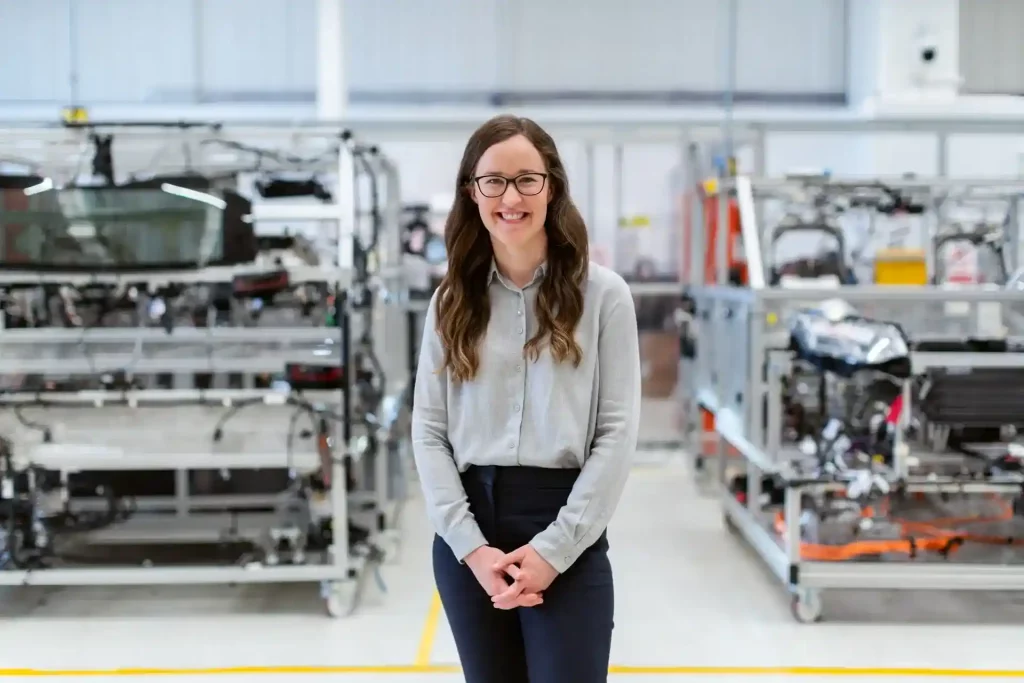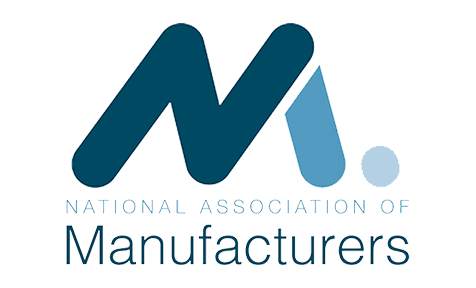What raw materials can be cleaned with a parts washer?
A parts washer is a device used to clean various parts and components. The choice of raw materials that can be cleaned in a parts washer depends on the specific design and capabilities of the machine. However, here are some common raw materials that can typically be cleaned in a parts washer:
- Metal parts: Parts washers are commonly used to clean metal components such as recycled EV batteries, engine parts, machine parts, tools, scrap metal, and automotive parts. This includes steel, aluminum, copper, brass, and various alloys.
- Plastic parts: Many parts washers are designed to handle plastic parts, including vinyl siding, roofing, and components used in the automotive, electronic, and manufacturing industries. Common plastics that can be cleaned include polyethylene, polypropylene, PVC, polycarbonate, and nylon.
- Glass: Parts washers with appropriate cleaning agents can effectively clean glass parts, such as laboratory glassware, optical lenses, and windows.
- Ceramics: Certain parts washers can clean ceramic components used in electronics, aerospace, and healthcare industries. Ceramic substrates, insulators, and various ceramic parts can be cleaned.
- Rubber and elastomers: Parts washers can clean rubber components like seals, gaskets, O-rings, and conveyor belts. However, compatibility with the cleaning agent should be considered to avoid any degradation or swelling of the rubber.
- Other materials: Depending on the specific parts of the washer and cleaning agents used, materials like composite materials, fiberglass, certain types of wood, and some textiles may be cleanable.
It’s important to note that not all parts washers are suitable for cleaning all types of materials. The cleaning process, agents, and machine design should be considered to ensure compatibility and avoid damage to the parts being cleaned.
What makes parts washers more effective at cleaning raw materials?
Parts washers are effective at cleaning raw materials for several reasons:
- Cleaning agents: Parts washers utilize specific cleaning agents formulated to remove contaminants from various materials. These cleaning agents are designed to dissolve or dislodge dirt, grease, oil, lubricants, and other types of residues that may be present on the surfaces of the raw materials.
- Mechanical action: Parts washers often incorporate mechanical action, such as agitation, brushing, or spraying, to enhance the cleaning process. This action helps to loosen and remove stubborn contaminants that may be adhered to the surfaces of the raw materials.
- Temperature control: Some parts washers provide temperature control, allowing the use of heated cleaning agents. Elevated temperatures can improve cleaning effectiveness by increasing the solvency of the cleaning agents, promoting faster reactions, and aiding in removing contaminants.
- Immersion or spraying: Parts washers allow the raw materials to be fully immersed in the cleaning agent or subjected to a thorough spray. This ensures that all surfaces of the materials come into contact with the cleaning agent, facilitating more efficient cleaning.
- Containment and recycling: Parts washers are designed with appropriate containment systems to prevent the spread of contaminants into the surrounding environment. Additionally, many parts washers have recycling systems that allow the cleaning agents to be reused, reducing waste and cost. For instance, if a battery is damaged or improperly disposed of, there is a potential risk of leaching. Lithium can be harmful to the environment if it enters ecosystems in excessive quantities.
- Time-saving and efficiency: Parts washers are typically designed to clean multiple parts simultaneously or in a batch, which saves time and improves efficiency. This is particularly beneficial in industrial settings where large parts or components must be cleaned regularly.
Parts washers combine specialized cleaning agents, mechanical action, temperature control, and efficient cleaning methods to effectively remove contaminants from raw materials, ensuring they are clean and ready for further processing or use.
What are the advantages of using a parts washer to clean raw materials?
Using a parts washer to clean raw materials offers several advantages:
- Efficiency: Parts washers are designed to clean multiple parts or components simultaneously, in batches, or continuously on a conveyor or in an industrial drum washer, which improves efficiency and saves time. This is particularly beneficial in industrial settings where large quantities of raw materials must be cleaned regularly.
- Consistency: Parts washers provide consistent cleaning results since they follow pre-programmed cleaning cycles or standardized processes. This ensures that each raw material undergoes the exact cleaning procedure, reducing variability and ensuring uniform cleanliness.
- Effective removal of contaminants: Parts washers are equipped with specialized cleaning agents and mechanical action that effectively remove various pollutants, such as dirt, grease, oil, lubricants, residues, and other substances. This ensures that the raw materials are thoroughly cleaned and ready for further processing or use, such as smelting.
- Preservation of material properties: Parts washers are designed to clean raw materials without causing damage or altering their properties. Using appropriate cleaning agents and controlled temperatures, parts washers can effectively remove contaminants while preserving the materials’ integrity, appearance, and functionality.
- Safety: Parts washers are designed with safety features to prevent accidents and protect operators from exposure to hazardous chemicals or fumes. They also provide containment systems to prevent the spread of contaminants into the surrounding environment.
- Cost savings: Companies can reduce labor costs associated with manual cleaning processes by using a parts washer. Additionally, parts washers often include recycling systems that allow the cleaning agents to be reused, reducing the consumption of cleaning agents and minimizing waste generation.
- Compliance with regulations: Parts washers can help companies comply with environmental and safety regulations by providing containment systems, recycling options, and controlled use of cleaning agents. This ensures the cleaning process aligns with regulatory requirements and minimizes environmental impact.
Overall, using a parts washer to clean raw materials offers efficiency, consistency, effective contaminant removal, preservation of material properties, safety, cost savings, and compliance advantages, making it a preferred choice in many industrial and manufacturing applications. The most common parts washers used to clean raw materials are drum washers, conveyor washers, and automated immersion systems.
Contact us today to learn more about how part washing can transform your processes when cleaning raw materials.





